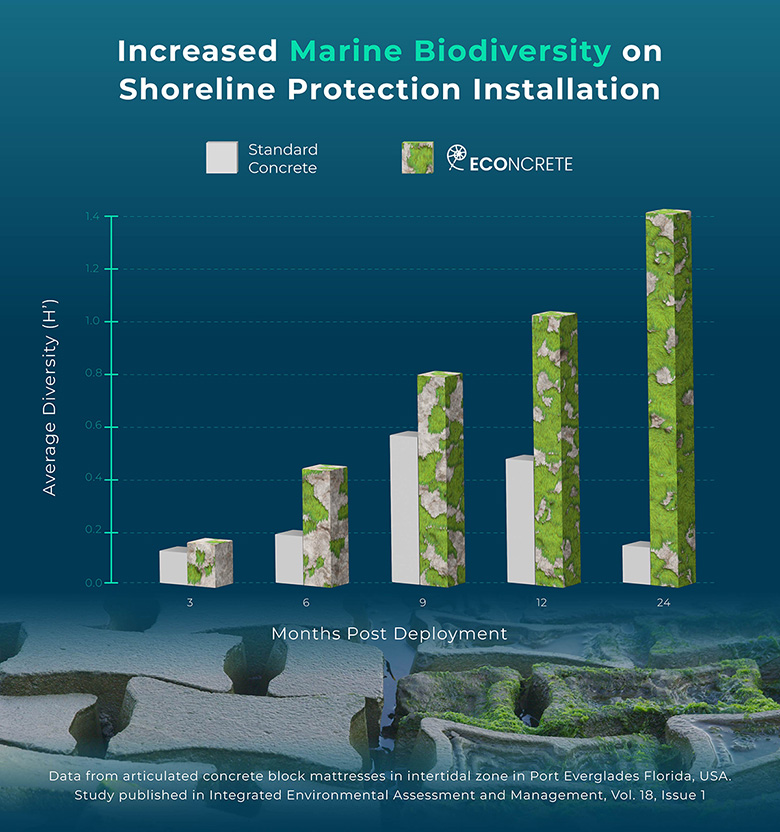Global marine biodiversity is under threat from many causes (i.e. habitat degradation, pollution, overfishing), all from the same source: human activity1. While humans live on land, a fundamental tenet of ecology is that nothing lives, nor dies, in isolation. Therefore, the extinction of one species, or one micro ecosystem, has cascading impacts that can ultimately affect the entire food web. In the ocean, for example, microscopic marine organisms like phytoplankton contribute towards ⅔ the air we breathe and keep the ocean stocked with food2. Destabilizing the baseline of an ecosystem’s food chain echoes through the rest of the chain, threatening the survival of apex predators.
Oceanic Ecosystem Services
Not only do oceans sustain all of marine life, they also provide invaluable ecosystem services to human society. In addition to climate regulation, oceans act as the most productive carbon sinks on the globe, with marine ecosystems absorbing as much as half of all anthropogenic carbon emissions over the past two centuries3.
Much of this sequestration occurs as a natural function of marine plants and animals (i.e. photosynthesizing, calcification, etc.). These processes cannot perform to the degree needed to mitigate climate change when low trophic species do not thrive. Accordingly, unstable oceans threaten both our economies and recreation, and our climate stabilization efforts.

Biological growth on ECOncrete Coastalock unit
Coastal Hardening and Habitat Degradation
Coastal ecosystems serve as nursing habitats for many marine organisms to mature and develop and tend to have highly diverse community assemblages. In fact, most marine flora and fauna reside in coastal areas, therefore coastal development has a disproportionately high impact on the loss of marine habitats4.
While coastal development is unavoidable due to the needs of modern-day civilization and threats of sea level rise and increased storminess, a key issue with coastal and marine infrastructure is the primary material used. Concrete accounts for around 70% of marine infrastructure but has an adverse effect on marine life settlement and development. Concrete adds an artificial substrate and does not replenish natural conditions of native habitats.
Structures, then, tend to be dominated by opportunistic invasive species that are able to tolerate challenging conditions and homogenize the community in an area. Oysters and tunicate, for example, are often seen dominating marine infrastructure but are far less prevalent in natural environments. Coastal and marine infrastructure built with traditional concrete throws the natural balance off and healthy ecosystems give way to less diverse, more vulnerable environments.
Therefore, as coasts continue to develop, we must prioritize maximizing complexity to support rich biodiversity and avoid coastal areas eventually becoming lifeless.

Bio-enhancing Concrete Solutions for Marine Infrastructure
When it comes to habitat and ecological balance, nature takes care of things perfectly. As ECOncrete’s co-founder and CEO, Ido Sella explains, “the species are out there, the larvae are out there. The problem is that for a very long time they did not have a place to settle and thrive in an urbanized area.” ECOncrete makes that possible by mimicking the natural conditions in a particular area.
On the micro level, ECOncrete admixtures chemically balance the concrete, reducing permeability and creating greater chloride ion resistance. ECOncrete creates substrate less adverse to marine organisms and facilitates attachment with different habitats allowing for a wide variety of species to settle (i.e., holes, caves, overhangs, tunnels). ECOncrete accomplishes this through complex textures and designs. These innovations allow for marine life not only to settle but to persist and thrive, which over time strengthens the structure itself.
The resulting infrastructure meets ecological needs while maintaining structural integrity. Our technology can be integrated into any project to combat the adverse effects of coastal hardening, as shown in multiple peer-reviewed papers quantifying the ecological performance of structures using ECOncrete. With solutions like ours, the expansion and fortification of populated coastlines do not have to come at the expense of marine biodiversity.
